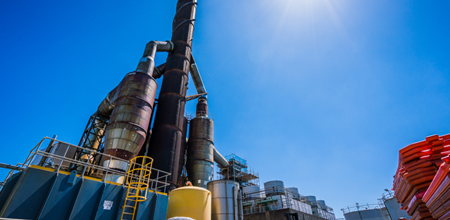WSP, a multidisciplinary professional services consultancy, undertook desktop research earlier this year to determine the carbon intensity of the electricity distributed in Guernsey. The study included all elements of the production chain, exploration, extraction, generation, processing, transport and disposal or decommissioning
Carbon intensity is a measure of how much CO2 is produced per kilowatt hour of electricity used. The study established that the forecasted carbon intensity of Guernsey’s distributed electricity throughout 2020/2021 will be 62g CO2e / kWh compared to 241 CO2 e / kWh for LPG and 316 CO2e / kWh for heating oil.
Jon Sexton, Head of Generation at Guernsey Electricity, confirmed the results supported the benefits of imported renewable electricity.
“The energy we bring into the Island through the cable, which meets over 90% of our demand for electricity, is certified from renewable sources. This, along with our growing number of community scale local solar PV installations, demonstrates the real benefits to Guernsey in terms of lower emissions and reduced impact on the environment. The study gives Guernsey Electricity further confidence that a second cable direct to France is the optimum long term strategy for our Island’s energy needs and aligns with Guernsey’s Energy Policy. When a direct cable to France is realised, electricity at this point will become up to 10 times lower carbon intensity than heating oil or gas in our local market.”
WSP’s research considered the production chain of each energy source including exploration, extraction, building infrastructure such as PV arrays or wind farms, processing, storage, transport, use and disposal. It included life cycle emissions relating to both the electricity imported and the generation of electricity at the Vale power station and all figures were based on data from electricity sold during the 2019/20 reporting cycle along with forecasts to 2050.
George Bailey, Senior Consultant, Sustainability at WSP, said: “Our research helped to quantify carbon emissions intensity of the electricity that Guernsey Electricity distributes to its customers, taking into account the full life cycle impacts of each energy source. It's great to see companies like Guernsey Electricity decarbonising their electricity mix, as this is helping to catalyse the transition to electricity-based technologies which can utilise this low carbon, renewable energy.”
When Guernsey Electricity completes its second interconnector project in the mid 2020s, a 100MW importation cable directly to France, there will be enough capacity to meet 100% of Island electricity demands.
Further details can be accessed on our verification page.










